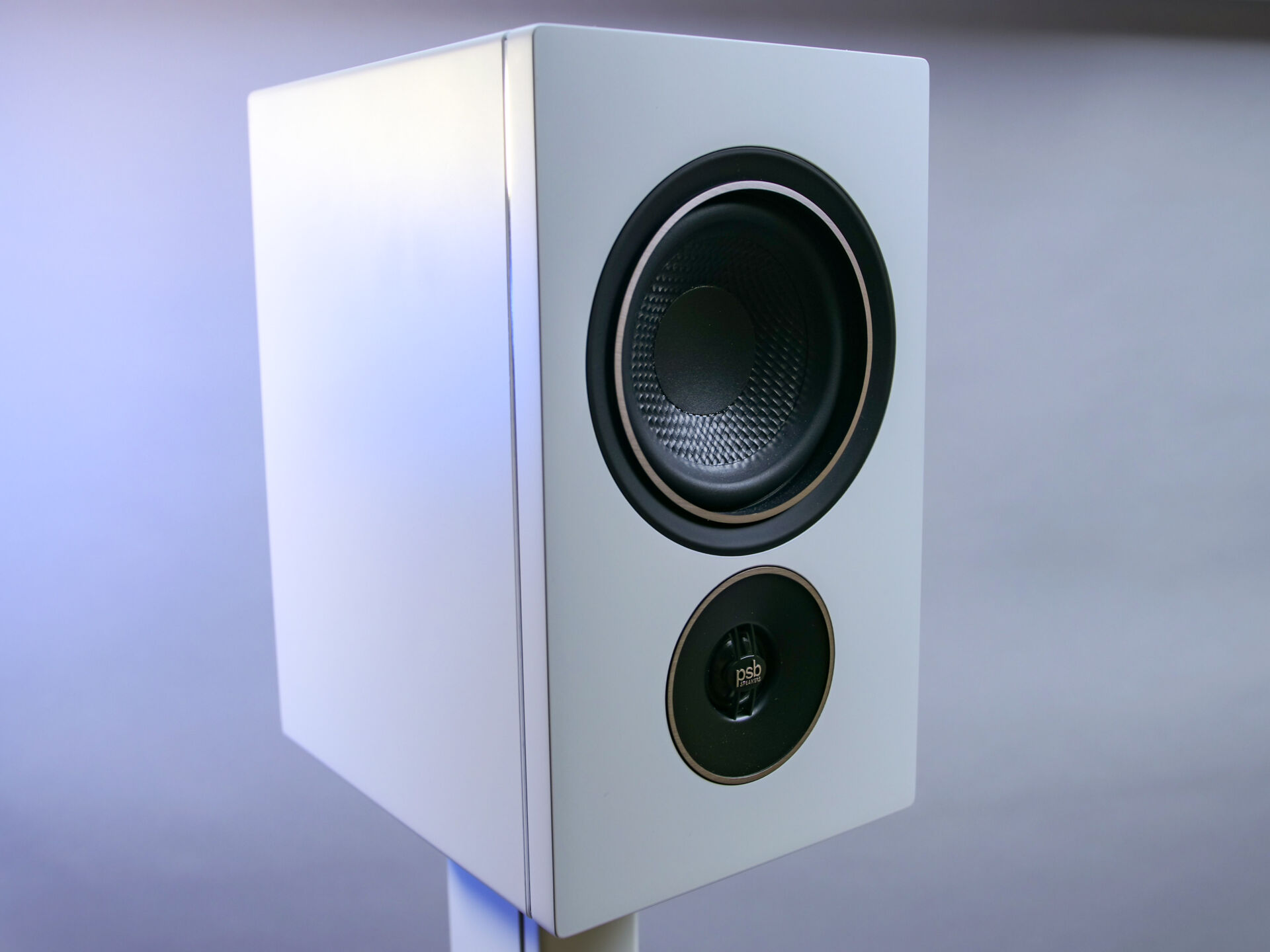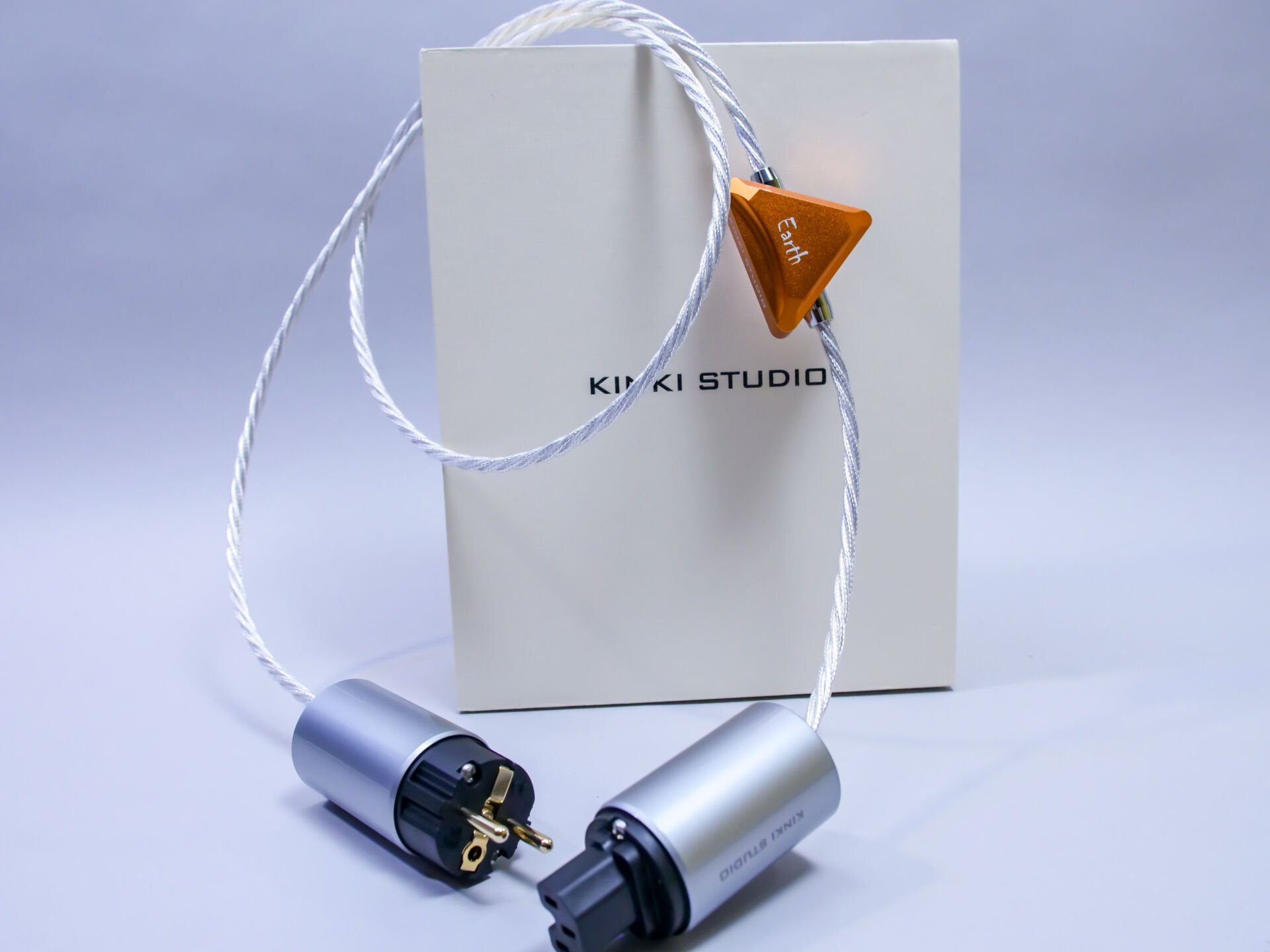

We’ve already talked about the various types of speakers, including filtering and the differences between active and passive. All well and good, but these speakers have to be placed somewhere at some point. And the correct placement of a speaker is perhaps even more important than the type of speaker. The interaction of the speaker with the room is crucial for good performance. In short: how do we place them correctly?
Before we get cocky and start working ourselves, we want to mention that there are quite a few manufacturers who provide an excellent manual with the speakers. Wilson Audio, Audio Physik, or DALI, for example, have excellent manuals that do an excellent job of explaining the basics of speaker placement. Go through that first before you even start endlessly shuffling around to come to the conclusion that it’s all neatly explained in the manual that’s still in the foil.
Watch and listen to this episode (Dutch)
Pressure
A speaker generates pressure differences. We explained this in the first episode. These pressure differences move through the room and hit side walls, back wall, ceiling and floor.
Where they hit first is called the first reflections. We’ll cover this in more detail in our series on acoustics. What we try to avoid during speaker placement is that pressure waves start to extinguish or amplify themselves. That makes for a less well distributed energy and therefore a less flat response from the speaker. Now it is practically impossible to completely eliminate it; except in a anechoic room. However, it is sensible to determine the dimensions of the room and then to determine the distance to the walls. We are dealing with pure physics.
Rule of Thirds
A kind of golden rule is the “rule of thirds”. This rule states that the distance from the speaker to the back wall is 1/3 of the length of the room. You yourself will sit at 2/3. You then exclude all standing waves. A standing wave usually causes trouble at about half of the room.
Rule of Fifths
Now, not everyone will be able to place their speakers so freely. And some speakers need some back wall to work nicely. We did some experimenting with other ratios. And this mathematical approach also works with 1/5 parts. By putting the speakers at 1/5 and placing yourself at 3/5 you also largely exclude standing waves.
Also impossible?
Isn’t the less space-consuming rule of fifths also possible? Then you can always determine at what distance from the rear wall the coloration of the room decreases. You can do this very simply by standing yourself with your face (almost) against the wall and talking while slowly stepping back. There will be a point where you will notice that your voice is starting to sound natural. At that point you can place the speaker and then start fine-tuning.
Tuning
Now some speakers will be able to sound a bit cold if they are very far from the back wall. A mini-monitor that stands 90cm from the back wall can sound cold. It needs a little more acoustics coupling with the rear wall. In such cases you will have to decide for yourself what the compromises are and what sounds good.
The same goes for rooms that are very asymmetrical. Those are often huge challenges because one of the speakers interacts with the room very differently, creating an imbalance. The only remedy is to place the speakers differently or make acoustic adjustments to the room itself. Or you can learn to live with it of course.
Check
To check whether the response is good, we ourselves increasingly use pink noise. Now, not everyone will be able to tell immediately if it is correct, but the more often you work with pink noise, the faster you will hear if the balance is correct. Especially in the middle and high frequencies we hear almost immediately if the system is in balance and if the phase is also correct.
What is handy with pink noise is that you can take a measurement during the check. With a calibrated microphone and an RTA (real time analyzer) you are almost immediately whether there are major problems in the reproduction.
Toe in
Once you have determined the distance, it is time to determine the toe-in of the speakers. There are several methods to determine this. First, often the manual already states how much toe-in the manufacturer recommends. For example, Avalon and DALI should be straight ahead (according to the booklet). Grimm can be set to 15 degrees and 30 degrees toe-in. Final electrostats are tuned with a 15-degree toe-in.
We often test with a mono signal with a male voice (the news is good). It’s easy to infer focus from that. If the voice has the right proportions, it is usually just right and music and other genres will sound good too.
The amount of toe-in is completely dependent on the tweeter’s radiating behavior. The wider it radiates, the less toe-in is actually needed. There are advantages and disadvantages to having a very wide radiation pattern. The advantage is a much wider sweet spot. And we all want that. A disadvantage can be that the sidewalls – first reflection points – are addressed more. And that can cause more coloration if these points are not properly treated.
Triangle
OK, well: the speakers are in the right place and have the right amount of toe-in. Great! You are already much further ahead than many enthusiasts, because we estimate that the majority has not placed the speakers correctly because there is simply no space, or because the room has a strange shape that makes placement impossible.
Where do you sit now? That’s a good question. A good starting point is in a triangle with the speakers. So the distance between the speakers is equal to the distance from the speaker to the listener. In our experience, that’s when the 3D effect is the best and also the response is the most even. However, perhaps you like a different ‘stage experience’. We do not sit in an isosceles triangle with every speaker. And sometimes that is not really possible.
Enjoy
Good speaker placement is crucial for a high-performance audio system. Incorrect placement causes all sorts of problems, including inconsistent frequency response and an incorrect stereo image. That’s a shame. And not solvable with all kinds of tweaks. When you get it right, you can really enjoy your audio system. And that’s what we all like to do, isn’t it?
This episode concludes our series on speakers. We hope you enjoyed it and that we were able to help you improve your set-up and maybe help you choose the right system for your needs If you find this kind of content interesting you can support it via Patreon.







